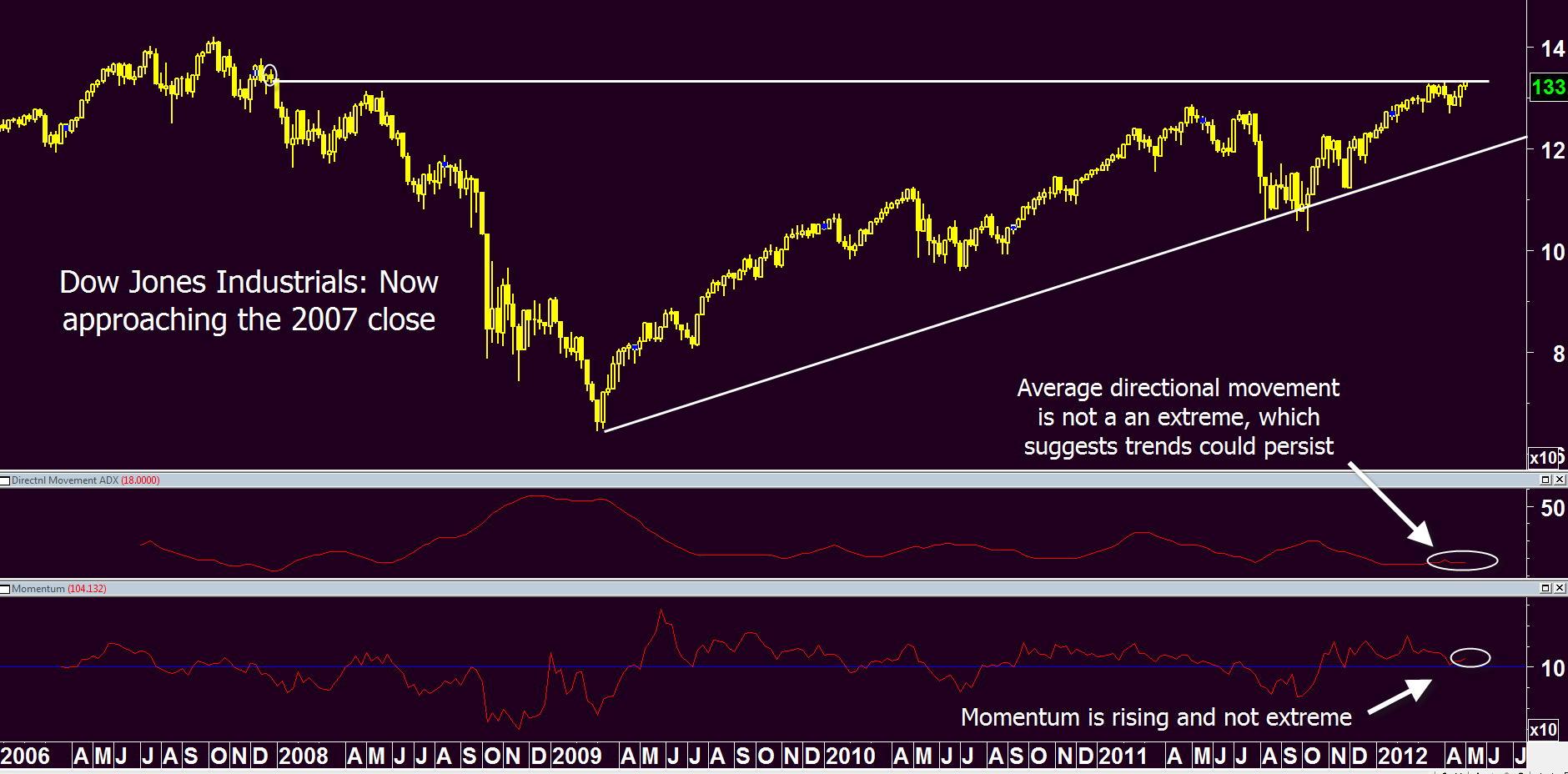When the stampede is running, the natural reaction is to panic.
Our adrenaline kicks in and we have our fight or flight response.
This is a completely normal response, as we, humans, have evolved to be this way.
What are we to do when the markets are falling and there is no bottom in sight? Do we sell, do we buy, or do we sit and wait?

Key Drivers
I have this routine of watching the morning tv shows and reading the news until about 9:15. Then, off they go.
At that point, I have a pretty good sense of which are going to be the key drivers in the markets that day. This allows me to really think and not have the opinions of others cloud my judgement.
China Anxiety
With all the noise in the background off, I can start to think and question what I’m being told about why the market is in a free fall.
Some say China’s stock markets are the reason. Google the size of the Chinese stock market. Have you actually tried to find a reliable source for the size of the market? Not so easy.
The best I could do is estimate it somewhere around $5 trillion. The US markets are worth $25 trillion.
Minor Setback
And is the fact that China’s economy is slowing really a crisis? Aren’t growth rates suppose to taper off as the numbers get larger?
In 2008, China was a $4 trillion economy; now, it’s worth $10 trillion. And even if it slows from 7% to 3% over the next year or two, is that a big deal?
In my opinion, a $400 billion downturn in a $80 trillion global economy doesn’t seem all that significant.
Fed Action
And why all the alarm over the direction of US Federal Reserve rate hikes?
Bond yields should be increasing if the Fed is raising rates. They are falling. The US dollar is also weakening.
So the bond and currency markets say lower interest rates from the Fed while equity markets signal higher rates.
Which market to believe? Well, when it comes to interest rates, I’ll take the bond and currency markets over the equity market every day of the week.
Photo Credit: Gopal Vijayaraghavan via Flickr Creative Commons



